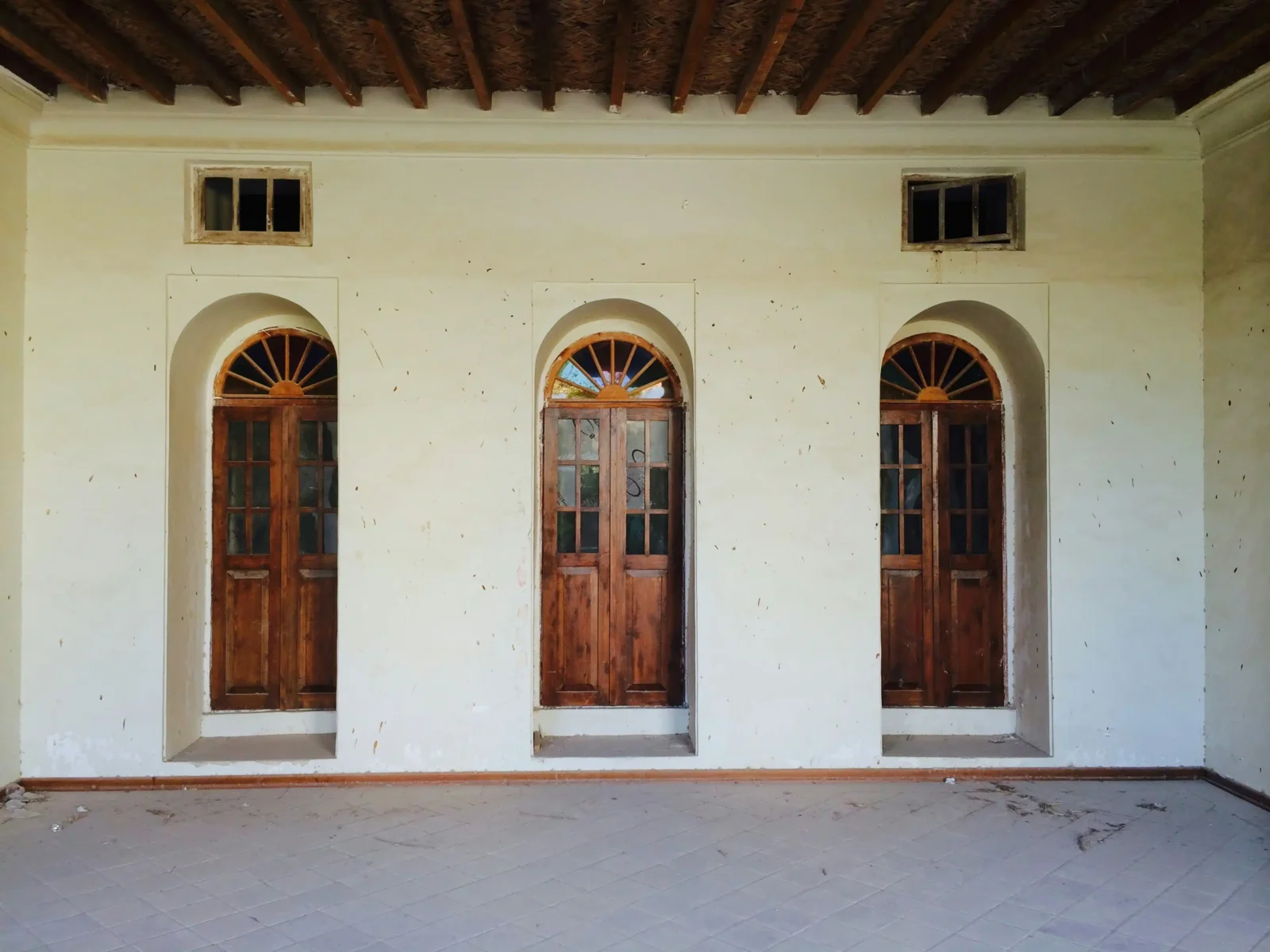- Home
- Articles
- Architectural Portfolio
- Architectral Presentation
- Inspirational Stories
- Architecture News
- Visualization
- BIM Industry
- Facade Design
- Parametric Design
- Career
- Landscape Architecture
- Construction
- Artificial Intelligence
- Sketching
- Design Softwares
- Diagrams
- Writing
- Architectural Tips
- Sustainability
- Courses
- Concept
- Technology
- History & Heritage
- Future of Architecture
- Guides & How-To
- Art & Culture
- Projects
- Interior Design
- Competitions
- Jobs
- Store
- Tools
- More
- Home
- Articles
- Architectural Portfolio
- Architectral Presentation
- Inspirational Stories
- Architecture News
- Visualization
- BIM Industry
- Facade Design
- Parametric Design
- Career
- Landscape Architecture
- Construction
- Artificial Intelligence
- Sketching
- Design Softwares
- Diagrams
- Writing
- Architectural Tips
- Sustainability
- Courses
- Concept
- Technology
- History & Heritage
- Future of Architecture
- Guides & How-To
- Art & Culture
- Projects
- Interior Design
- Competitions
- Jobs
- Store
- Tools
- More
What Are the Maintenance Requirements for Concrete Barriers?

Concrete barriers play a crucial role in road safety, providing robust protection for vehicles and pedestrians alike. These sturdy structures are designed to withstand significant impacts and redirect vehicles back onto the roadway. Regular maintenance of concrete barriers is essential to ensure their continued effectiveness and longevity.
While concrete barriers are known for their durability, they are not immune to wear and tear. Exposure to harsh weather conditions, vehicle collisions, and general aging can impact their structural integrity over time. Proper maintenance helps identify and address potential issues before they compromise the barrier’s performance.
For those considering concrete barriers for sale, understanding the maintenance requirements is crucial for long-term planning and budgeting. Regular inspections, cleaning, and repairs are key components of an effective maintenance program. These practices help preserve the barrier’s appearance, functionality, and safety features, ultimately contributing to improved highway safety.
Table of Contents
ToggleKey Takeaways
- Regular maintenance is crucial for preserving concrete barrier effectiveness
- Inspections and repairs help identify and address potential structural issues
- Proper maintenance practices contribute to improved road safety and barrier longevity
Fundamentals of Concrete Barrier Implementation
Concrete barriers play a crucial role in roadway safety and traffic management. Their implementation requires careful assessment, adherence to standards, and selection of appropriate types for specific applications.

Assessment and Standards
Safety is paramount when implementing concrete barriers. Engineers must conduct thorough site assessments to determine the most suitable barrier type and placement. The Manual for Assessing Safety Hardware (MASH) provides guidelines for crash testing and evaluating roadside safety devices.
The American Association of State Highway and Transportation Officials (AASHTO) sets standards for concrete barrier design and installation. These standards ensure barriers meet minimum performance requirements for vehicle containment and occupant protection.
Roadside Safety Analysis Programs help evaluate the effectiveness of concrete barriers in specific locations. These tools consider factors like traffic volume, speed limits, and roadway geometry to optimize barrier placement and design.
Types and Applications
Concrete barriers come in various types, each suited for specific applications. Jersey barriers, with their distinctive shape, are widely used for both temporary and permanent installations. The F-shape barrier offers improved performance for certain impact scenarios.
Precast concrete barriers provide flexibility for temporary applications, allowing quick installation and removal. Permanent barriers, often cast-in-place, offer long-term protection for fixed hazards or median separations.
Median barriers prevent crossover crashes on divided highways. Their height and design are crucial for containing larger vehicles while minimizing rollover risks for smaller ones.
Portable barriers serve well for work zones or temporary traffic control. Their modular nature allows for easy transportation and reconfiguration as needed.
Practical Considerations in Concrete Barrier Maintenance
Maintaining concrete barriers requires attention to installation, inspection, traffic adaptation, and work zone safety. These factors ensure optimal performance and longevity of barrier systems while prioritizing road user and worker safety.
Installation and Anchorage
Proper installation and anchorage are critical for concrete barrier effectiveness. Barriers must be securely fastened to the road surface using approved methods like pin-and-loop connections or steel dowels. Portable concrete barriers often utilize a modular design for easy placement and removal.
Installers should follow manufacturer guidelines and local regulations for spacing and alignment. Crash testing informs proper installation techniques to maximize safety and durability during high-impact collisions.
For temporary installations, water-filled barriers offer a lightweight alternative. These can be quickly deployed and removed as needed for short-term traffic management.
Inspection and Repair Strategies
Regular inspections are essential to identify and address damage or wear. Maintenance crews should check for cracks, chips, exposed steel reinforcements, and signs of barrier movement.
Minor repairs often involve patching concrete and repainting. More severe damage may require section replacement. Keeping detailed inspection records helps track barrier condition over time and plan proactive maintenance.
For portable barriers, check connection points and replace damaged modules promptly. Steel barriers may need rust treatment and repainting to maintain structural integrity.
Adapting to Traffic Conditions
Concrete barriers must be adaptable to changing traffic patterns and road geometry. During lane closures or construction, barriers may need repositioning to accommodate altered traffic flow.

Speed limits near barrier installations should be adjusted based on road conditions and barrier proximity to travel lanes. In high-traffic areas, consider using higher-performance barrier designs rated for increased impact forces.
Traffic mix influences barrier selection. Roads with high percentages of heavy vehicles may require more robust barrier systems than those primarily serving passenger cars.
Safety Considerations in Work Zones
Work zone safety is paramount when maintaining or installing concrete barriers. Use temporary traffic management plans to protect workers and guide motorists safely through construction areas.
Implement clear signage, reduced speed limits, and adequate buffer zones between work areas and traffic. Proper lighting for nighttime work enhances visibility and safety.
Consider using truck-mounted attenuators or portable crash cushions to provide additional protection for workers and equipment. These devices absorb impact energy in case of collisions, reducing injury risk.
Train maintenance crews on proper safety procedures and emergency protocols specific to working near live traffic. Personal protective equipment is essential for all personnel in the work zone.
Conclusion
Concrete barriers require minimal maintenance to remain effective over their long lifespan. Regular visual inspections can identify any cracks, chips, or structural issues early. Occasional cleaning removes dirt and debris buildup. Repainting may be needed every few years to maintain visibility and aesthetic appeal. With proper care, concrete barriers can provide reliable protection and traffic control for decades.
illustrarch is your daily dose of architecture. Leading community designed for all lovers of illustration and #drawing.
Submit your architectural projects
Follow these steps for submission your project. Submission FormLatest Posts
How Modern Bridges Balance Aesthetics and Engineering
How modern bridges balance aesthetics and engineering: explore form-driven systems, case studies,...
Exterior & Interior Remodeling Tips Every Homeowner Should Consider
Home upgrades reshape comfort, improve function, and strengthen long-term property value. Whether...
Top 8 Luxury Vacation Rentals Features Guests Love Most
A luxury vacation rental offers an entirely different experience than a typical...
Why Local Expertise Matters: Choosing the Right Plumbers in Townsville
Why Local Expertise Matters: Choosing the Right Plumbers in Townsville When it...












Leave a comment